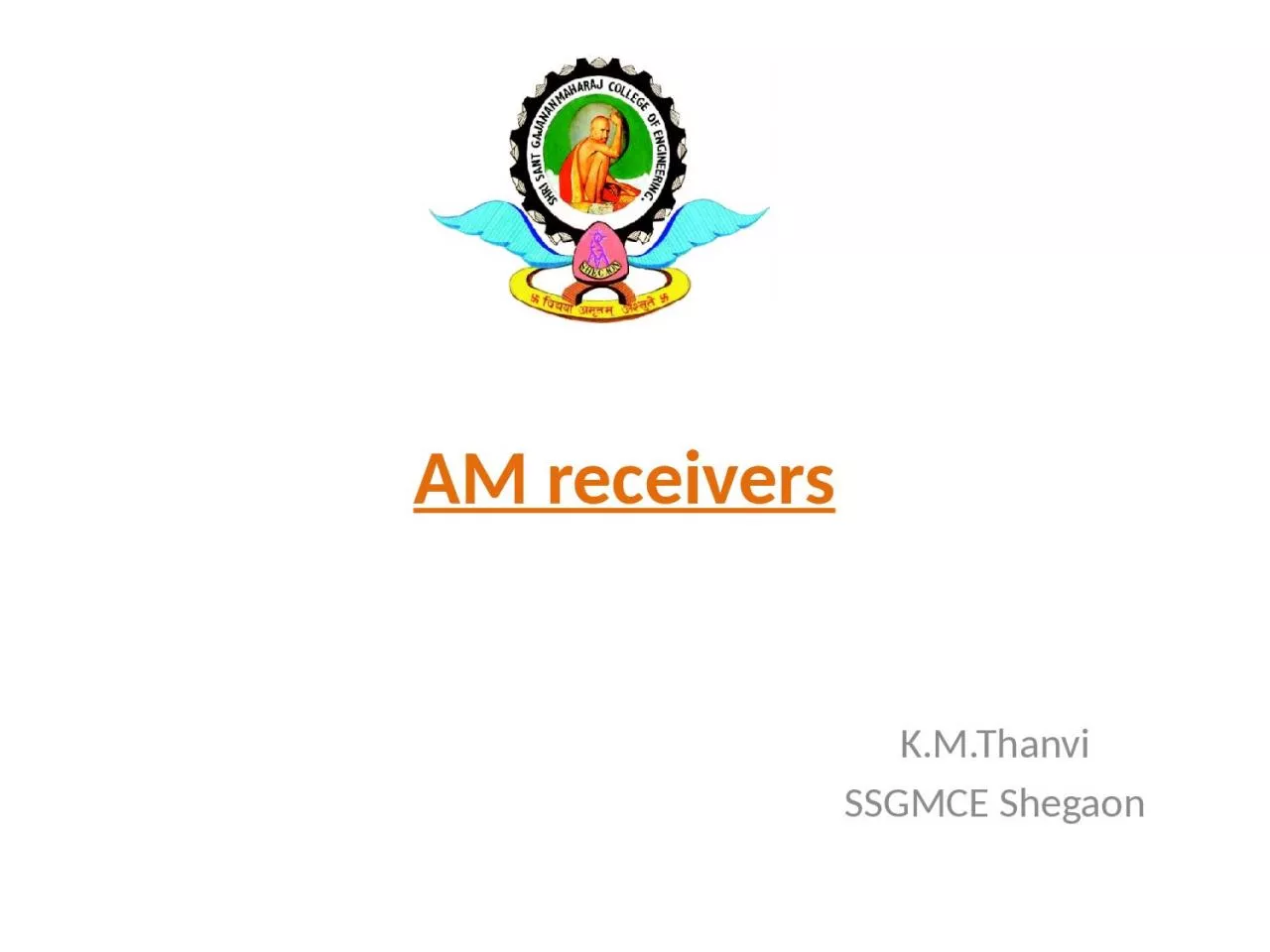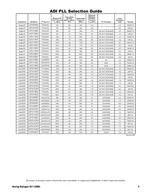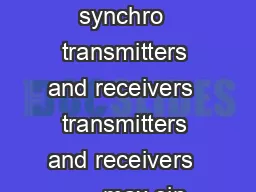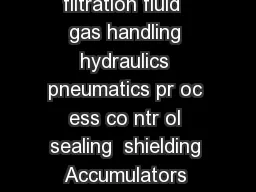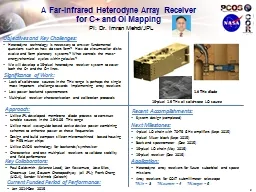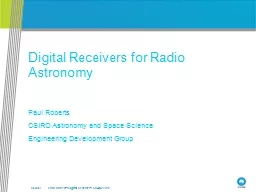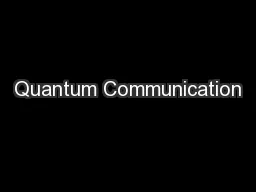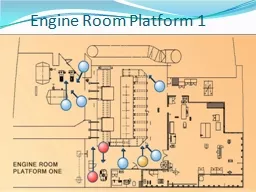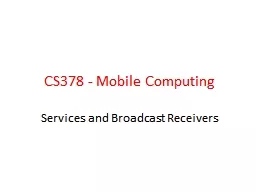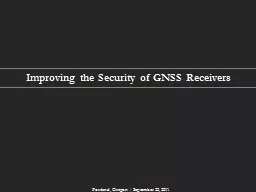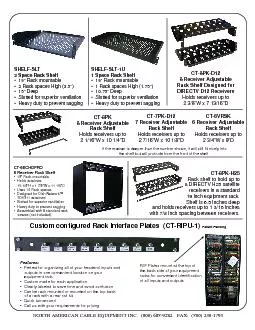PPT-AM receivers K.M.Thanvi SSGMCE
Author : susan2 | Published Date : 2023-11-23
Shegaon AM Receivers Details of Each Block We have seen that AM receiver consist of blocks like 1 RF SectionAmplifier 2 MixerConverter Section 3 Local Oscillator
Presentation Embed Code
Download Presentation
Download Presentation The PPT/PDF document "AM receivers K.M.Thanvi SSGMCE" is the property of its rightful owner. Permission is granted to download and print the materials on this website for personal, non-commercial use only, and to display it on your personal computer provided you do not modify the materials and that you retain all copyright notices contained in the materials. By downloading content from our website, you accept the terms of this agreement.
AM receivers K.M.Thanvi SSGMCE: Transcript
Shegaon AM Receivers Details of Each Block We have seen that AM receiver consist of blocks like 1 RF SectionAmplifier 2 MixerConverter Section 3 Local Oscillator 4 IF sectionIntermediate Frequency Amplifier. JDunn INSTRUMENTATION AND CONTROL TUTORIAL 3 SIGNAL PROCESSORS AND RECEIVERS This tutorial provides an overview of signal processing and conditioning for use in instrument ation and automatic control systems It is It also included an example of where a PLL is used in communications systems In the second part of the series critical performance specifications like phase noise reference spurs and output leakage were examined in detail and their effects on system 214 ultrasonic sensors brPage 17br 3214 ultrasonic sensors brPage 18br 3215 Velocity sensors brPage 19br Linear velocity transducers LVT brPage 20br Linear velocity transducers LVT brPage 21br Tachometer brPage 22br permanentmagnet stator dc tachomet Phillips Jonas Zmuidzinas Caltech brPage 2br Dc Table 1 Effect of Compensated Property Variations based on a 10 change from optimal values Data columns 1 Compensating Junction Area Elasticity defined as dAdP PA for property P and area A 2 Increase Steel Suction Line Accumulators Capacity Tables 56 Stand Pipe Style Steel Accumulators Vertical Horizontal and StandPipe Copper Dimensions 89 Steel Receivers 10 brPage 3br Parker Hanni64257n Corporation 8abViZVYYjhigVa8digdah 8ViVad8 Heterodyne . technology is necessary to answer fundamental questions such as how do stars form? How do circumstellar disks evolve and form planetary systems? . What . controls the mass-energy-chemical cycles within galaxies?. Graeme Carrad . | Assistant Director - Engineering . Mark Bowen. | Group Leader – Front End Technologies. JULY 2012. CSIRO Astronomy and Space Science. Outline. Technologies for Radio Astronomy. CABB . Digital Receivers for Radio Astronomy. Paul . Roberts. CSIRO Astronomy and Space Science. Engineering Development Group. CSIRO. Paul Roberts Digital Receivers SKANZ 2012 . Plan. Digital receiver. Part 2. Aditi. . Harish-Chandra Research Institute, India. Outline. Communication. Secure Communication. Quantum Cryptography. Communication. Without security. Classical info. transmission. Quantum state. The Engine. Vocabulary. Vocabulary. Platforms. Backup. Access. Drive / rotate. Emergency. Operate. Failure. Pressurized air. Air Compressors. Remove. Main Engine. The main engine contains pistons, connecting rods and crankshafts which supply power to __________ the propeller.. Agenda. Text producers and receivers. Audience, context and purpose. Genre. Revisit homework. : . ‘My . language biography. ’. Key Terms . –note these down as we go…. Discourse event. Text producer. Services and Broadcast Receivers. Services. One of the four primary application components:. activities. content providers. services. broadcast receivers. 2. Services. Application component that performs long-running operations in background with no UI. Portland, Oregon | September 23, 2011. Acknowledgements. Thanks to . Lisa . Beaty. (ION Executive Director) and . John Betz. (Panel Session Track Chair, ION Fellow) for inviting this panel to convene.. Custom configured Rack Interface Plates (CT-RIPU-1)
Download Document
Here is the link to download the presentation.
"AM receivers K.M.Thanvi SSGMCE"The content belongs to its owner. You may download and print it for personal use, without modification, and keep all copyright notices. By downloading, you agree to these terms.
Related Documents

